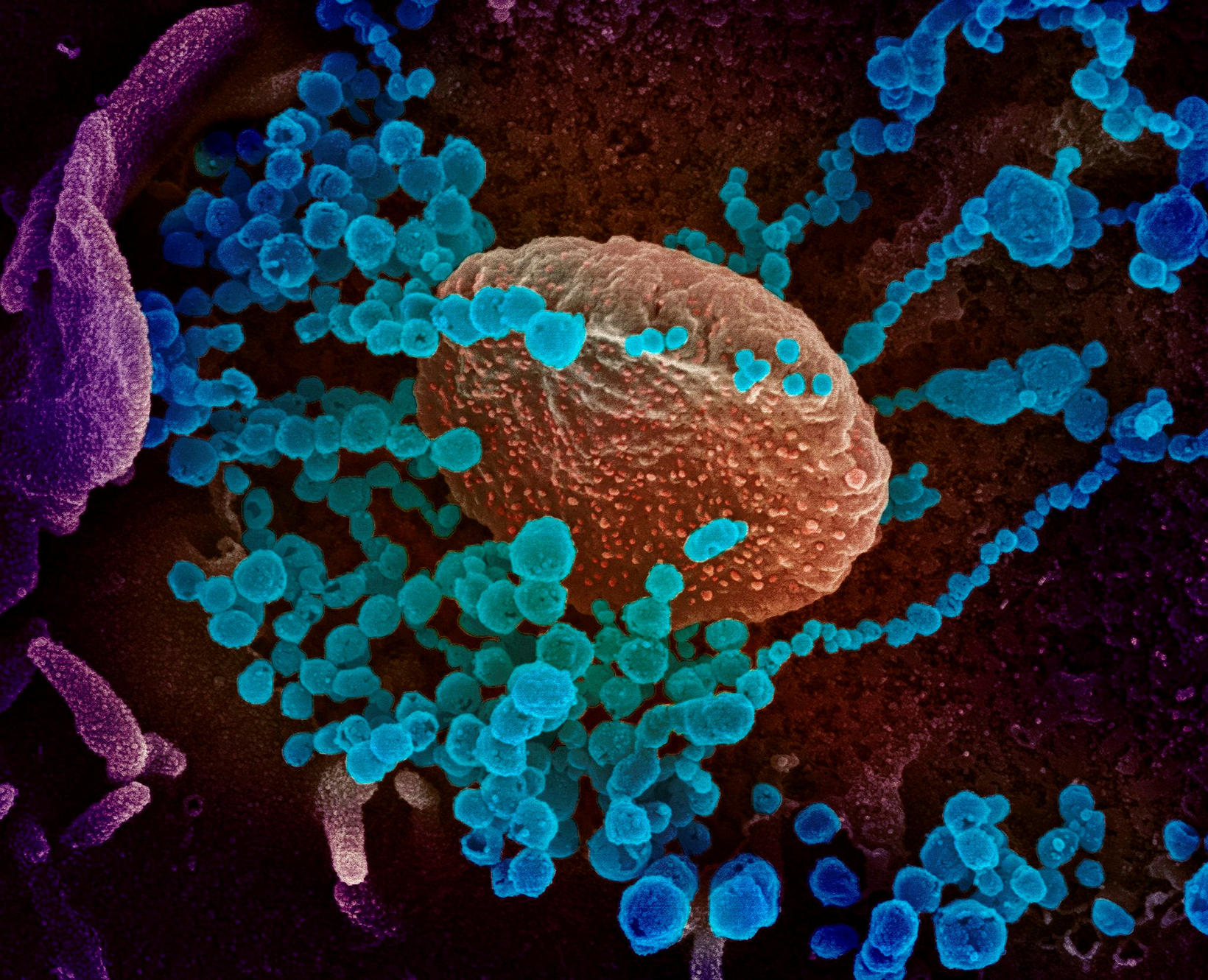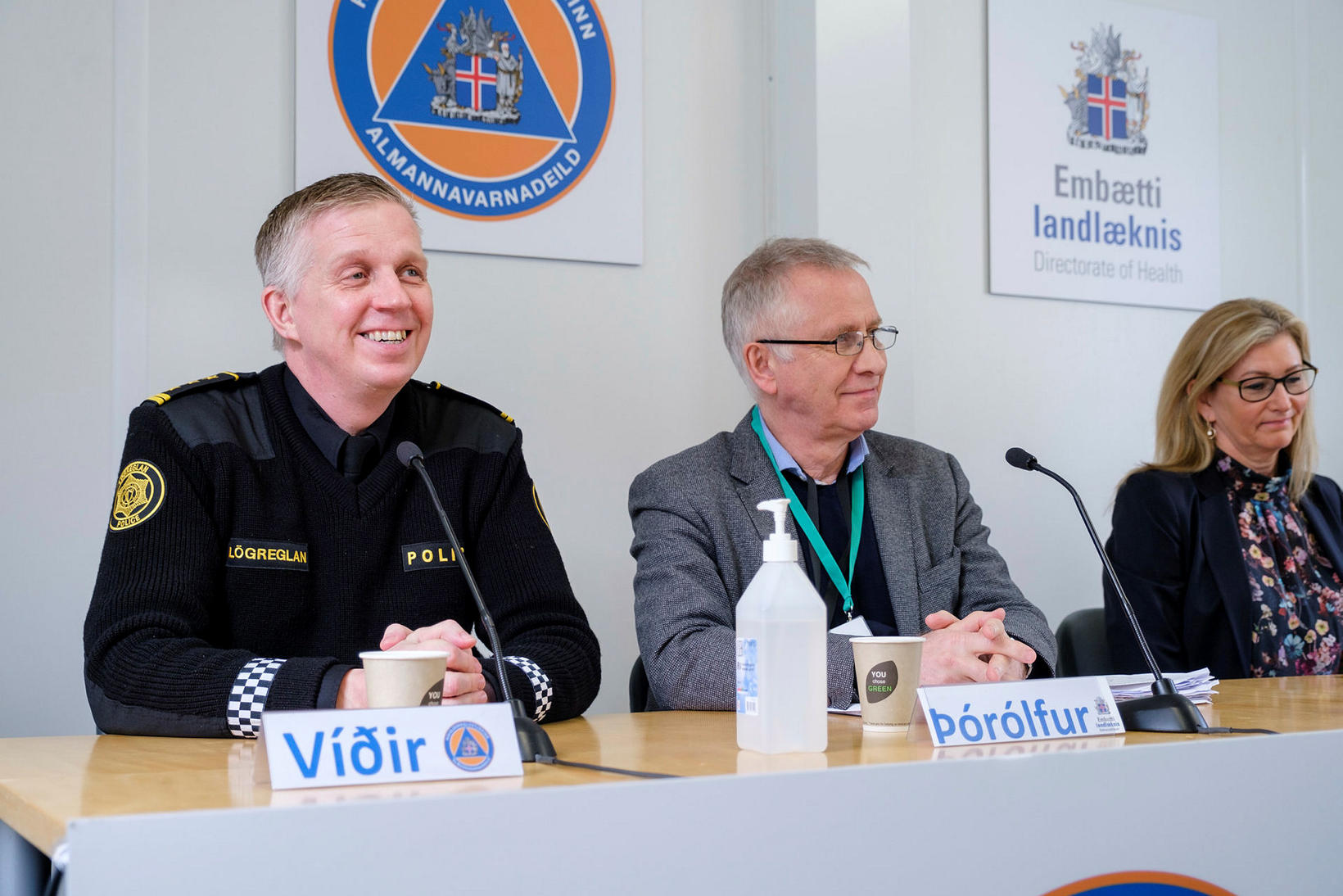Herd Immunity Threshold Could Be Lowered in Iceland
An article published in Morgunblaðið today suggests that if health authorities succeed in their efforts to minimize the average number of individuals infected by each person with COVID-19, herd immunity will be able to stop the spread of the virus with a lower percentage of the population becoming infected than otherwise would be the case.
The article is written by Chief Epidemiologist Þórólfur Guðnason, Director of Health Alma Möller, Chief Superintendent Víðir Reynisson and former Chief Epidemiologist Haraldur Briem.
Following is an excerpt from the article:
So far, the measures taken by health authorities have aimed at minimizing the spread of the COVID-19 pandemic in order to ensure that hospitals maintain their capacitiy to care for the sick at any given time.
The mathematical term R 0 indicates how contagious a disease is. It tells you the average number of people who will catch the disease from one contagious person. In the case of COVID-19, R 0 =2.5, meaning that on average, a person infected with COVID-19 infects 2.5 other people. For an epidemic to stop spreading, the value of R 0 needs to be 1. For the epidemic to die out, its value has to be less than 1.
Measures aimed at finding infected individuals and isolating them, as well as placing those who have been in close contact with infected individuals in quarantine, serve the purpose of reducing the likelihood of infection, thereby lowering the value of R 0 . Measures intended to encourage social distancing help to reduce the value of R 0 as well.
The correlation between R 0 and herd immunity (H) is interesting (H=1-1/R 0 ). If R 0 =2.5, then 60 percent of the population needs to develop immunity to stop an epidemic. If the value of R 0 is successfully reduced, a substantially lower proportion of the population needs to develop immunity in society for the epidemic to die out.
Measures in Iceland have not been targeted toward closing the country to tourists. They have mainly focused on Icelanders who return from abroad. Information from China suggests that the disease mainly spreads among people in close contact, such as families.
The public has been well informed about COVID-19 and people have responded well to the recommendations of health authorities. Vulnerable groups have received special protection.
A ban on public gatherings serves to reduce the likelihood of transmission. All these measures greatly affect our daily lives.
When assessing the effects of the measures three weeks into the pandemic in Iceland, it turns out that the rate of increase in the number new of confirmed cases per day is among the lowest in Europe. It should be noted as well that about 50 percent of all new confirmed cases in Iceland are among people who are already in quarantine. This shows that numerous new transmissions have been prevented, and the measures have yielded substantial results.
By providing continuous information and making data accessible to the public, the foundation is laid for establishing the public ’s trust in the measures being taken – trust that is needed for the measures to be successful. A statistical model, meant to assess the development of the pandemic is open to the public at covid.hi.is .








/frimg/1/57/93/1579337.jpg)

/frimg/1/57/94/1579405.jpg)